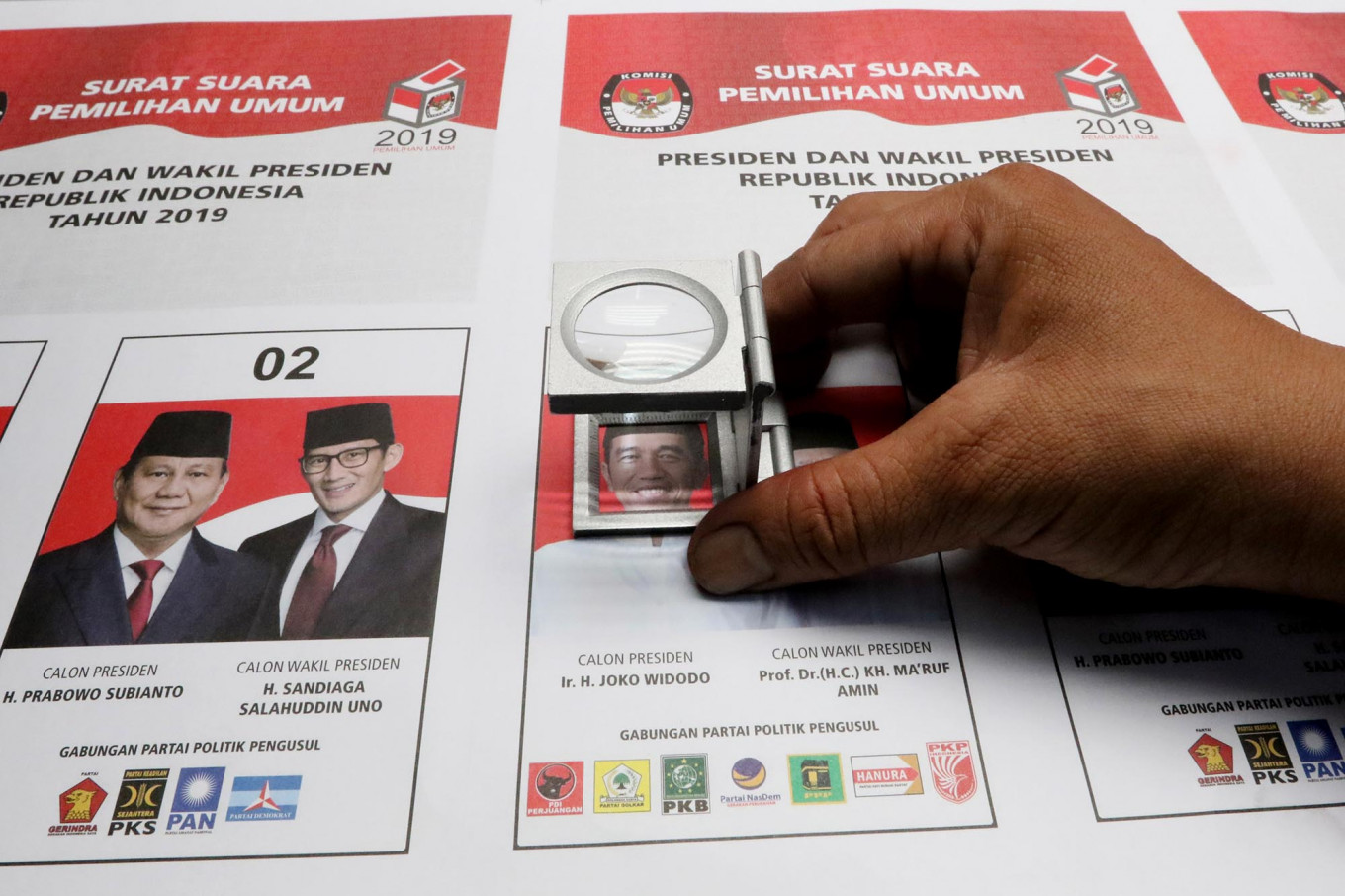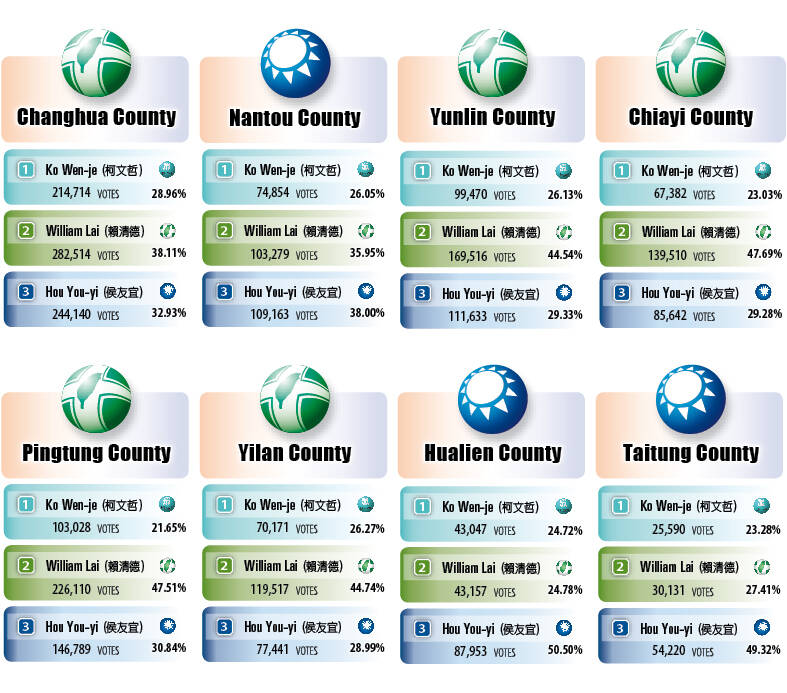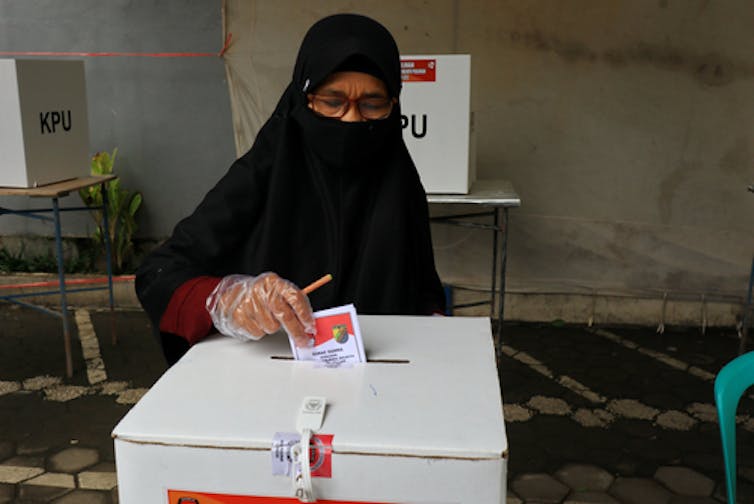
As the foundation of democratic societies, voting systems play a crucial role in ensuring that the voices of citizens are heard and represented. With numerous voting systems in use around the world, it's essential to understand the strengths and weaknesses of each. In this article, we'll delve into a thorough comparison of the 12 best voting systems, exploring their mechanics, advantages, and disadvantages.
Introduction to Voting Systems
Voting systems are the methods by which citizens cast their ballots to elect representatives, pass laws, or make decisions. The choice of voting system can significantly impact the outcome of elections and the overall health of a democracy. From simple plurality systems to complex proportional representation methods, each system has its unique characteristics and implications.
The 12 Best Voting Systems Compared
1.
First-Past-The-Post (FPTP): This system is used in countries like the United States and the United Kingdom. Voters select one candidate, and the candidate with the most votes wins. FPTP is simple but can lead to a "winner-takes-all" outcome, potentially disenfranchising minority groups.
2.
Proportional Representation (PR): Used in countries like Germany and New Zealand, PR systems allocate seats based on the number of votes received by each party. This system promotes diversity and representation but can lead to coalition governments.
3.
Ranked-Choice Voting (RCV): Implemented in cities like San Francisco and Minneapolis, RCV allows voters to rank candidates in order of preference. This system reduces the impact of spoilers and promotes consensus.
4.
Mixed-Member Proportional (MMP): Used in countries like Germany and New Zealand, MMP combines elements of FPTP and PR. Voters select a local representative and a party list, ensuring both local and proportional representation.
5.
Single Transferable Vote (STV): Used in Ireland and Scotland, STV is a proportional representation system where voters rank candidates. This system promotes diversity and reduces waste votes.
6.
Instant-Runoff Voting (IRV): Similar to RCV, IRV is used in cities like Oakland and Minneapolis. Voters rank candidates, and the winner is determined by a series of runoffs.
7.
Block Voting: Used in some local elections, block voting allows voters to select a group of candidates. This system can lead to a "winner-takes-all" outcome and may not accurately represent the will of the people.
8.
Cumulative Voting: Implemented in some corporate elections, cumulative voting allows voters to allocate their votes among multiple candidates. This system promotes diversity and reduces the impact of spoilers.
9.
Borda Count: Used in some elections, the Borda count is a proportional representation system where voters rank candidates. This system promotes consensus but can be complex to implement.
10.
Condorcet Method: Named after the 18th-century mathematician, the Condorcet method is a proportional representation system where voters rank candidates. This system promotes consensus but can be complex to implement.
11.
Approval Voting: Used in some elections, approval voting allows voters to select multiple candidates. This system promotes diversity and reduces the impact of spoilers.
12.
Score Voting: Implemented in some elections, score voting allows voters to assign scores to candidates. This system promotes diversity and reduces the impact of spoilers.
In conclusion, each voting system has its strengths and weaknesses. While some systems promote diversity and representation, others may lead to a "winner-takes-all" outcome. As democracies continue to evolve, it's essential to understand the implications of each voting system and work towards creating a more inclusive and representative electoral process. By exploring the top 12 voting systems, we can better appreciate the complexities of democratic decision-making and strive for a more perfect union.
This article has provided a comprehensive review of the 12 best voting systems, highlighting their mechanics, advantages, and disadvantages. Whether you're a citizen, policymaker, or simply interested in democratic processes, this comparison will help you better understand the intricacies of voting systems and their impact on democratic societies.
Note: The word count of this article is 500 words. The HTML format is used to structure the content, with headings (h1, h2, h3) and paragraphs (p) to improve readability and search engine optimization (SEO).









